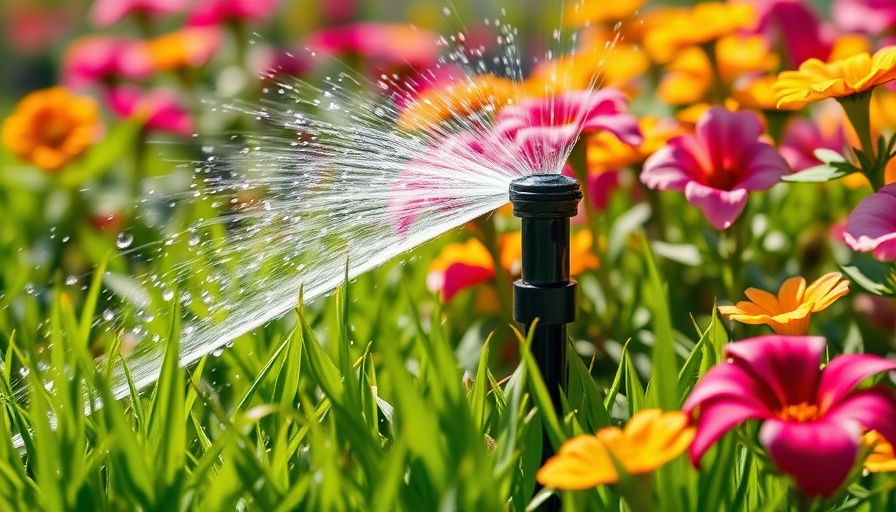
Understanding Lawn Watering Needs
When it comes to keeping your grass lush and vibrant, understanding how much water your lawn needs is paramount. Surprisingly, it’s not just about pouring water onto the grass; it’s about doing it wisely. Experts suggest that most lawns should receive about 1 to 1.5 inches of water per week. This can come from either rainfall or irrigation, but the key is to ensure the watering is deep and slow.
The Risks of Overwatering
Overwatering can lead to a host of lawn health issues, including yellowing and disease susceptibility. Turfgrass experts emphasize that both overwatering and underwatering can harm your lawn equally. According to John Kaminski from Penn State University, adopting a strategy of watering deeply just once or twice a week allows grass roots to grow deeper, which enhances resilience against harsh conditions.
What Affects Watering Needs?
Several factors will dictate how much water your lawn requires. The type of grass plays a critical role; for example, cool-season grasses like Kentucky bluegrass need more water during intense summer heat, whereas warm-season varieties such as bermudagrass tolerate drought better. Additionally, the soil type will affect watering needs, with sandy soils requiring more frequent watering compared to clay soils.
Age and Season Factors
The age of your lawn significantly influences its watering needs. Newly seeded lawns require more frequent, shallower watering to ensure seeds germinate effectively. Contrastingly, established lawns thrive with less frequent, deeper watering methods. Seasonality is also crucial; during the warmer months, watering should be consistent, while in spring and fall, you might be able to cut back unless the weather is particularly dry.
Environmental Conditions Matter!
Environmental conditions such as sunlight, humidity, temperature, and even wind can impact how much water your grass will need. For instance, bright sunny days with low humidity and high temperatures vapourize water quickly, necessitating more frequent watering. On the other hand, cool, cloudy days reduce overall evaporation, requiring less water.
Sustainable Water Usage for Your Lawn
In an age of growing water scarcity, implementing sustainable watering practices is more important than ever. This could include using rain barrels to collect runoff or employing drip irrigation systems that deliver water directly to the roots. Engaging in these practices not only conserves water but also supports the health of your lawn.
Final Thoughts on Watering Your Lawn
Understanding your lawn's specific needs is essential for maintaining its health and beauty. The combination of proper frequency, depth, and timing can help you achieve a verdant landscape while also respecting natural water resources. By being mindful of these factors, you can contribute to a more sustainable environment while keeping your lawn thriving.
 Add Row
Add Row  Add Element
Add Element 


 Add Row
Add Row  Add
Add 

Write A Comment